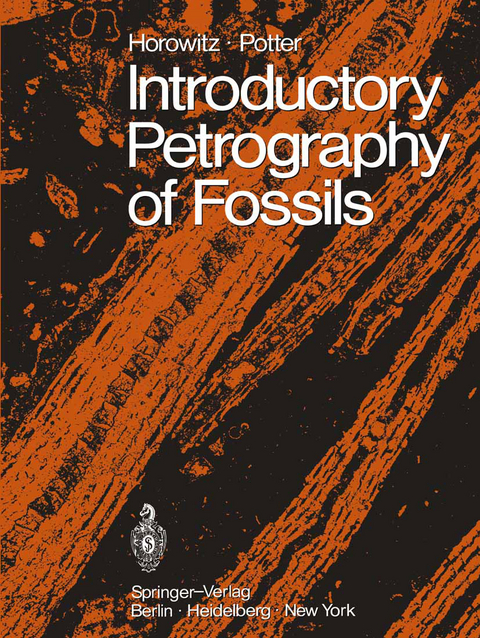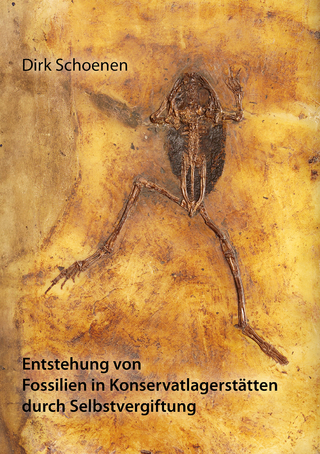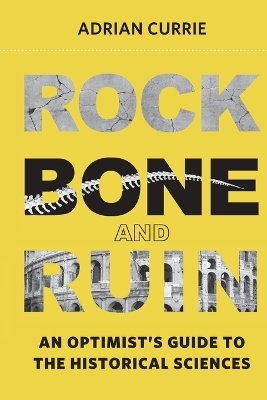
Introductory Petrography of Fossils
Springer Berlin (Verlag)
978-3-642-65113-7 (ISBN)
1Introduction.- References Cited.- 2 Getting Started in Carbonate Petrography: Methodology and Applications.- Essential Elements of Carbonate Petrography Classification.- Mapping and the Fundamental Characteristics of Carbonate Bodies.- Models and Cycles.- How Carbonate Petrology Started.- Selected Chronologie, Annotated References.- References Cited.- 3 Identification of Biotic Constituents.- Geometry of Skeletal Architecture.- General Observations on Skeletal Microstructure.- Skeletal Mineralogy.- Post-Mortem Changes in Shells and Shell Microstructure.- Tintinnines.- Radiolarians.- Foraminifers.- Sponges (Porifera).- Archaeocyathids.- Corals (Anthozoan Coelenterates).- Stromatoporoids.- Bryozoans.- Brachiopods.- Worms.- Mollusks.- Arthropods.- Echinoderms.- Conodonts.- Vertebrates.- Faecal Pellets.- Wood.- Calcareous Algae.- A Problematic Alga.- Calcispheres.- Some Additional Fossil Groups Not Discussed.- Microfacies References.- References Cited.- 4 Plates.- References Cited.- Plate Titles.- Plates and Plate Descriptions.- Index to Plates.
| Erscheint lt. Verlag | 12.11.2011 |
|---|---|
| Illustrationen | George R. Ringer |
| Zusatzinfo | XIV, 302 p. |
| Verlagsort | Berlin |
| Sprache | englisch |
| Maße | 210 x 280 mm |
| Gewicht | 794 g |
| Themenwelt | Naturwissenschaften ► Geowissenschaften ► Mineralogie / Paläontologie |
| Schlagworte | Development • Environment • Fossil • fossils • Karbonatgestein • paleontology • Petrography • plants • Sediment • sedimentary rock • Stratigraphy |
| ISBN-10 | 3-642-65113-5 / 3642651135 |
| ISBN-13 | 978-3-642-65113-7 / 9783642651137 |
| Zustand | Neuware |
| Haben Sie eine Frage zum Produkt? |
aus dem Bereich


